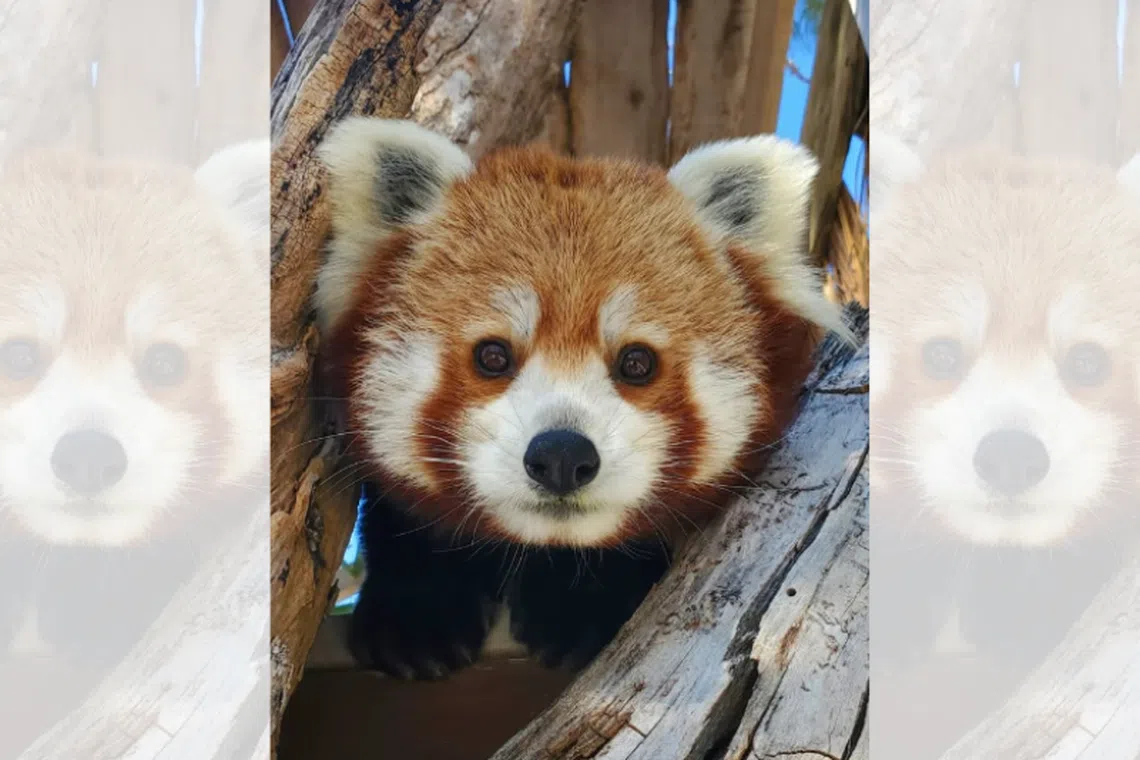US zoo, fans mourn death of beloved and only red panda named Star
Sign up now: Get ST's newsletters delivered to your inbox

Star, the Henry Doorly Zoo’s only red panda, was described by her keepers as mellow, unusually attentive, and quick to learn.
PHOTO: HENRY DOORLY ZOO/INSTAGRAM
Follow topic:
Fans are mourning the sudden death of a US zoo’s beloved and only red panda – appropriately named Star. She was eight years old.
The Henry Doorly Zoo and Aquarium in Omaha, Nebraska, said in an Instagram post on Aug 22 that Star began suffering from seizures on Aug 16.
Five days later, despite a massive effort to save her, she slipped away “peacefully”, the zoo said.
Red pandas, on average, can live up to 10 years in the wild, and as long as 20 years when in captivity.
Star had not been in Nebraska for long.
She arrived in 2023, carrying with her the peculiar charisma of her species: a russet coat, a face both comical and solemn, and an eagerness for sliced fruit.
Her keepers described her as mellow and quick to learn. She was also an unusually attentive and gentle creature that approached her daily training with the same enthusiasm she reserved for a favoured grape or apple wedge.
The zoo said in its post that Star was “a beacon of joy” and a “cherished member of our family”.
For those who watched her move through the branches or who pressed against the glass to catch her eye, however, she was something simpler: a presence.
“I feel like my heart just got ripped out of my chest,” one Instagram user commented.
A zoo regular recalled seeing Star before he moved out of Nebraska.
“Just seeing her cute face climb and play was enough to make me feel warm and fuzzy,” he said. “I hope she gets to keep on climbing and playing with the other stars.”
A grandmother wrote that she recalled her grandson chanting, “Red panda! Red panda! Red panda!”, whenever he saw Star.
Another wished: “I hope you have all of the treats your heart could ever desire in panda heaven.”
According to the World Wildlife Fund, fewer than 10,000 red pandas remain in the wild. Almost 50 per cent of their habit is in the eastern Himalayas.
They are classified as an endangered species in the International Union for Conservation of Nature’s Red List.
In its post, the zoo said that Star’s impact will continue to live on.
“She has always been – and will always be – a bright light in our zoo,” it said.


